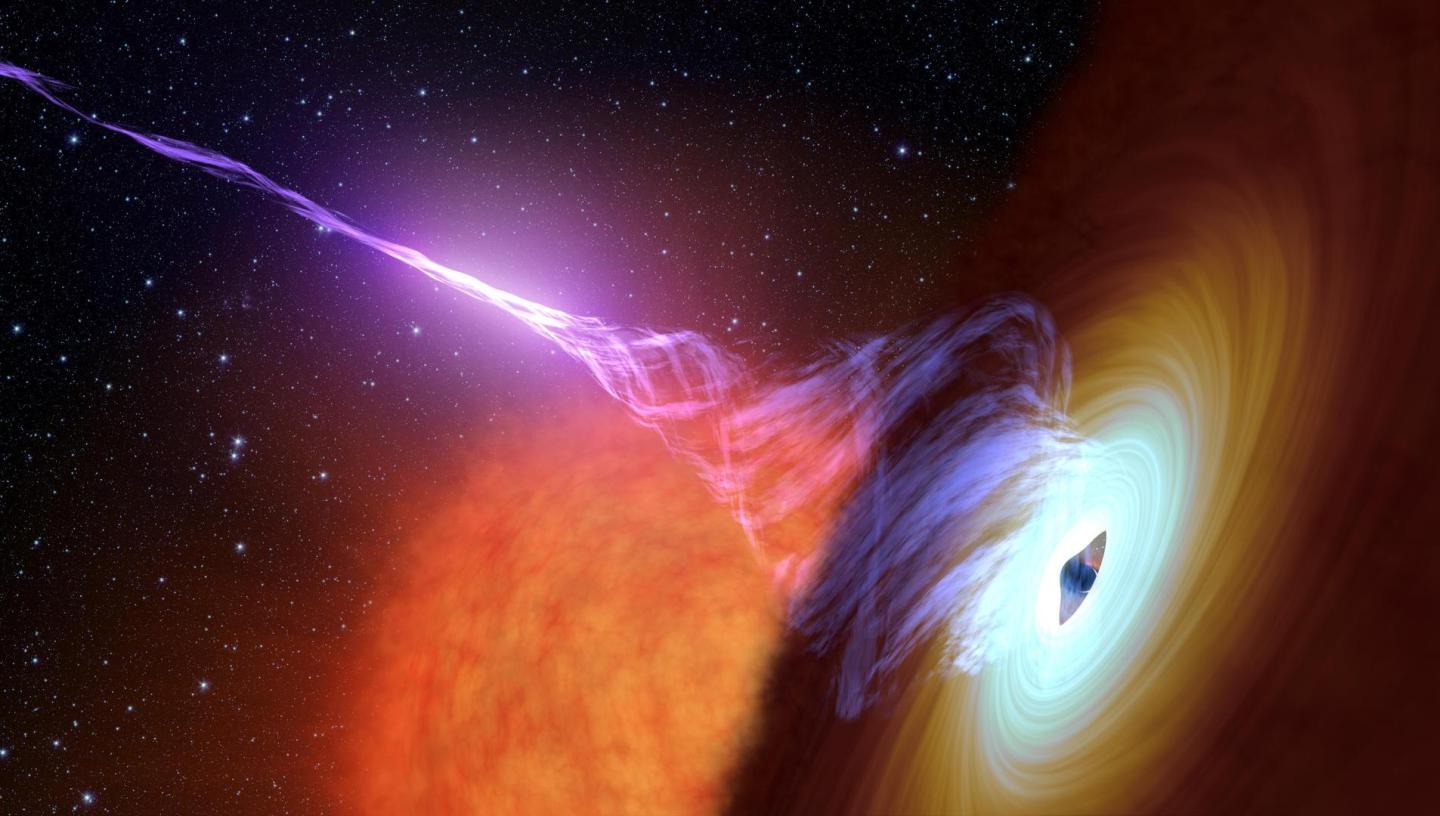
Stellar dynamics, the celestial dance governing the motion of stars within galaxies, offers a window into the universe's most profound mysteries. This field, blending physics with astronomy, reveals how gravitational forces shape the cosmos, guiding the birth, life, and death of stars. Stellar dynamics isn't just about stars; it's about understanding the skeleton of the universe itself. From the swirling orbits in spiral galaxies to the chaotic dance in globular clusters, each fact about stellar dynamics brings us closer to deciphering the cosmic code. Whether you're a budding astronomer or simply star-struck by the night sky, these 18 facts will illuminate the intricate ballet of celestial bodies and the forces that choreograph their movements. Get ready to journey through the vast expanses of space, where each discovery is a step closer to unraveling the universe's grand design.
What Are Stellar Dynamics?
Stellar dynamics is the branch of astrophysics that describes the motion of stars and stellar systems. It involves the application of Newton's laws of motion and gravitation to predict and explain the orbital behavior of stars within galaxies, the interactions between stars, and the overall gravitational effects that influence the structure and evolution of galaxies. Understanding stellar dynamics is crucial for astronomers to map the cosmos, study galaxy formation, and unravel the mysteries of dark matter.
- Stellar dynamics is not just about individual stars; it also covers the behavior of star clusters, binary stars, and galaxies.
The Role of Gravity in Stellar Dynamics
Gravity is the fundamental force driving stellar dynamics. It governs the motions of stars within galaxies and the interactions between galaxies themselves.
-
Every star, planet, and galaxy in the universe attracts every other with a force that is directly proportional to the product of their masses and inversely proportional to the square of the distance between their centers.
-
This gravitational attraction is what keeps stars orbiting around the center of galaxies and binds galaxies together in clusters.
How Stars Move in Galaxies
The movement of stars within galaxies is fascinating and complex. It's determined by the galaxy's mass distribution and the gravitational interactions between all of its components.
-
Stars in the disk of spiral galaxies, like our Milky Way, follow roughly circular orbits around the galaxy's center.
-
In elliptical galaxies, stars move on more random orbits, creating an overall shape without a clear disk or spiral arms.
The Mystery of Dark Matter in Stellar Dynamics
Dark matter plays a crucial role in stellar dynamics, influencing the motion of stars and the structure of galaxies.
-
Although dark matter does not emit, absorb, or reflect light, its presence is inferred from its gravitational effects on visible matter, radiation, and the large-scale structure of the universe.
-
Studies of the rotation curves of galaxies show that the outer parts rotate faster than expected based on visible matter alone, suggesting the presence of dark matter.
Binary Stars and Stellar Dynamics
Binary stars are systems of two stars orbiting around their common center of mass. They are key to understanding stellar masses, lifecycles, and the effects of stellar interactions.
-
Approximately half of all stars in the Milky Way galaxy are part of binary systems or more complex multiple star systems.
-
The dynamics of binary stars can lead to phenomena such as stellar mergers, novae, and the emission of gravitational waves.
Star Clusters and Galactic Evolution
Star clusters, whether open clusters or globular clusters, serve as laboratories for studying stellar evolution and dynamics.
-
Open clusters are loosely bound and contain younger stars, while globular clusters are tightly bound and contain older stars.
-
The dynamics of star clusters, including their formation and eventual dispersal, provide insights into the gravitational forces at work within galaxies.
The Impact of Supermassive Black Holes
Supermassive black holes, found at the centers of most galaxies, have a significant impact on stellar dynamics.
-
The immense gravitational pull of a supermassive black hole can affect the orbits of stars in the galactic center, leading to high velocities and complex orbital patterns.
-
Supermassive black holes can also drive the evolution of galaxies by influencing their shape and the distribution of stars.
Stellar Collisions and Dynamics
Stellar collisions, though rare, are important events in stellar dynamics that can lead to dramatic changes in a star's lifecycle.
-
When stars in dense environments like the cores of globular clusters collide, they can merge to form a new, more massive star.
-
These collisions can also strip stars of their outer layers or trigger supernova explosions.
The Future of Stellar Dynamics Research
Advancements in technology and observations are continually shaping our understanding of stellar dynamics.
-
Future missions and telescopes, such as the James Webb Space Telescope, are expected to provide deeper insights into the dynamics of stars and galaxies.
-
Computational simulations play a crucial role in stellar dynamics, allowing scientists to model complex gravitational interactions and predict future movements.
-
As our computational and observational capabilities expand, so too will our understanding of the intricate dance of stars and galaxies across the cosmos.
A Glimpse Beyond the Stars
Diving into the world of stellar dynamics has been nothing short of a cosmic adventure. We've journeyed through the intricate dance of stars, unraveling how gravity's invisible hands sculpt galaxies and orchestrate the celestial ballet. From the fiery birth of stars in nebulae to their dramatic demise in supernovae, each fact has been a window into the universe's vast complexities. Understanding these cosmic phenomena not only enriches our knowledge of the universe but also places our existence into a broader, awe-inspiring context. So, next time you gaze up at the night sky, remember you're looking at a dynamic, ever-evolving tapestry, with each star playing its part in the cosmos's grand performance. Here's hoping these insights ignite a spark of curiosity to explore further, because, in the realm of astronomy, every discovery leads to new questions, waiting just beyond the horizon.
Was this page helpful?
Our commitment to delivering trustworthy and engaging content is at the heart of what we do. Each fact on our site is contributed by real users like you, bringing a wealth of diverse insights and information. To ensure the highest standards of accuracy and reliability, our dedicated editors meticulously review each submission. This process guarantees that the facts we share are not only fascinating but also credible. Trust in our commitment to quality and authenticity as you explore and learn with us.


